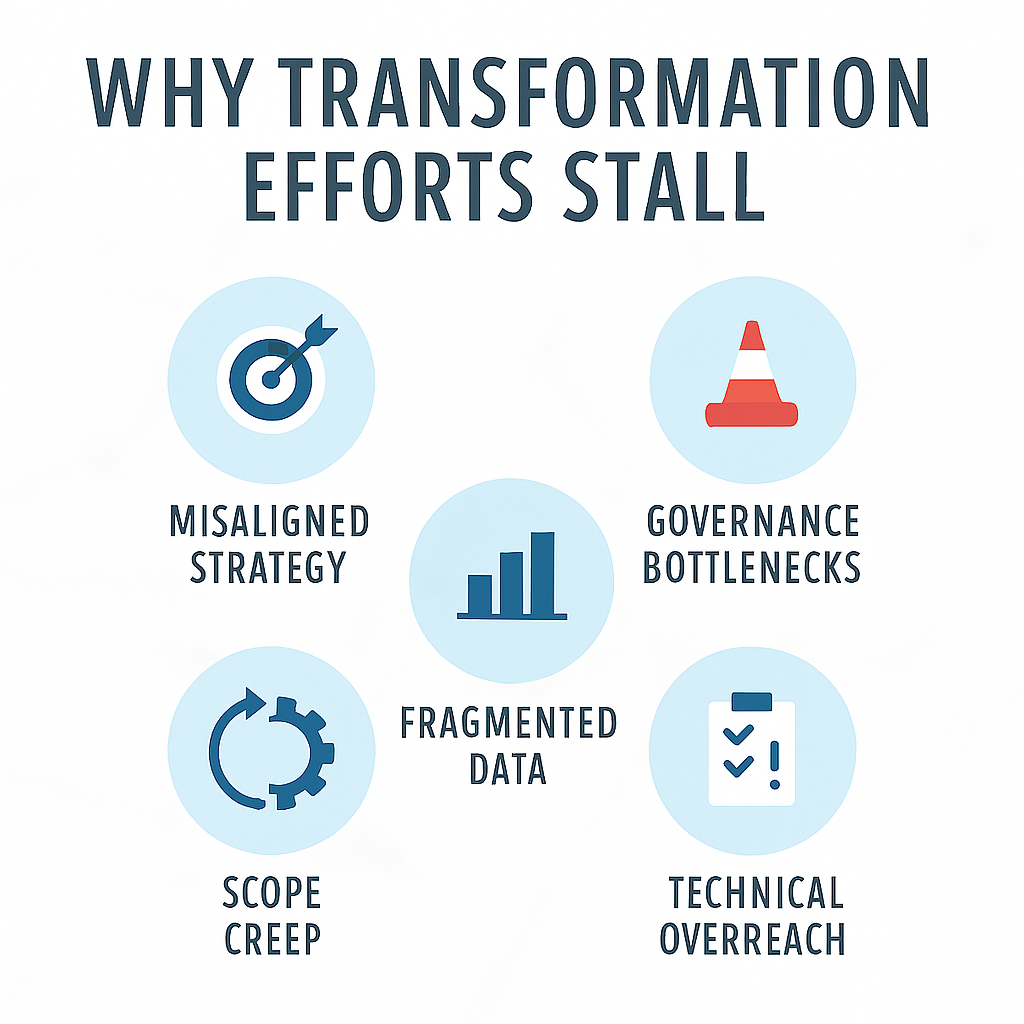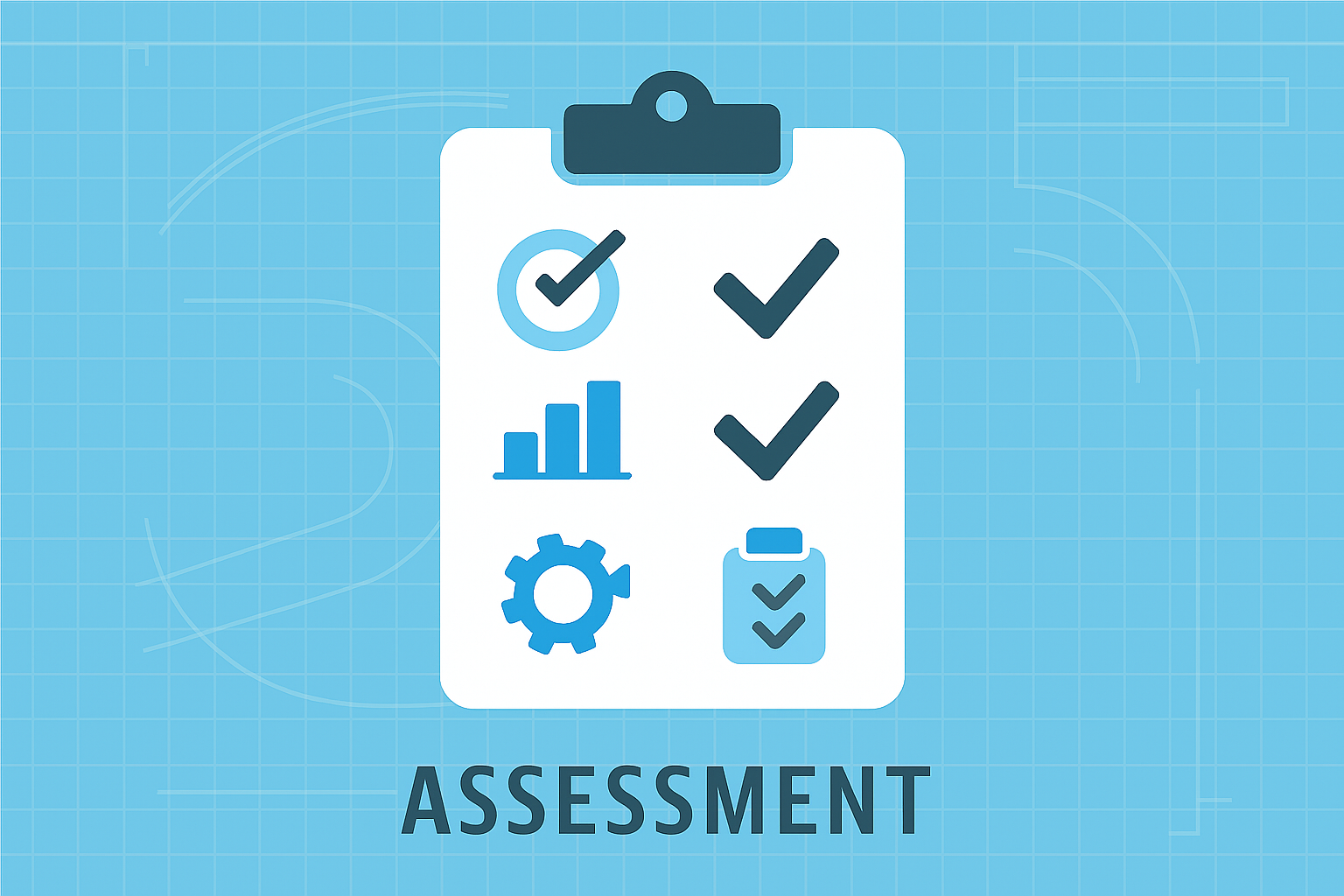Agility in Enterprise Transformation: Why Maturity Matters More Than AI
Companies are under pressure to adapt. Some of that pressure is geopolitical. Some is technological. Most of it is structural. The pace of change has accelerated, and organizations are expected to respond faster than their systems allow. The instinct is to move quickly. But speed without structure leads to fragmentation.
Peloton is a cautionary example. The company scaled rapidly during the pandemic, expanded its product line, and invested heavily in digital infrastructure. But without a coherent operating model, growth became brittle. Supply chain issues, inconsistent customer experience, and internal misalignment followed. The ambition was clear, but the architecture wasn’t.
Accenture offers a contrasting signal. In response to shifting market dynamics and client expectations, the firm has initiated a global restructuring of its operating model. The move appears reactive, but also strategic. By reconfiguring around federated governance and modular delivery, Accenture might end up building the scaffolding for sustained agility.
Building Agility in Enterprise Transformation Systems
Agility is often misunderstood as a set of tools or a series of sprints. In reality, it is a systemic capability. It needs organizations to rewire how decisions are made, how teams are structured, and how outcomes are measured. Agile enterprises do not digitize existing workflows, but redesign them around customer journeys, data products, and modular platforms and all stitched together with the thread of enterprise goals.
This non-cosmetic shift demands changes across people, process, tech, and data. It requires governance that enables autonomy, data that supports real-time decisions, and teams that can dissolve and reform around outcomes. Most importantly, it requires clarity about what agility is meant to achieve.

Common Pitfalls in Enterprise Agility and Transformation
Our experience shows that many transformation programs fail to deliver because they are launched without strategic alignment. AI pilots are deployed without clear business outcomes. Measurement frameworks focus on technical performance rather than enterprise value. Data is fragmented, poorly governed, or politically gated. Security teams intervene late, halting expansion due to unresolved risks. Costs overrun as scope expands, new data streams are introduced and architectural gaps surface.
These are readiness issues, and not technology failures. We have seen the same patterns during the digital transformation wave. Today, they are resurfacing under a different label, with faster consequences.
Why Maturity Drives Agility in Enterprise Transformation
Agility, growth, and transformation require more than intent. They require a level of maturity wherein organizations must understand where they are, what capabilities they have, and what they need to evolve. It is about building coherence and not introducing new tools.
Most organizations believe they are operating at a high level of maturity. In practice, many are still reacting with fragmented systems and inconsistent workflows.
The full framework, along with a diagnostic checklist and roadmap builder, is available as a whitepaper on our web site. 3nayan uses a four-level maturity framework to assess readiness across people, process, technology, and data.

Assessing Readiness for Agile Enterprise Transformation
Before deploying AI, automating workflows, or restructuring teams, leaders must ask whether their systems are prepared to absorb change. The questions are architectural:
- Are strategic goals clearly defined and linked to transformation initiatives?
- Do processes support modularity, measurement, and continuous evolution?
- Is data trustworthy, accessible, and governed?
- Are teams empowered to act, or constrained by legacy oversight?
Without answers to these questions, acceleration becomes noise.
The Role of AI in Enterprise Agility
Though AI can enable agility, it cannot create it. When deployed into coherent systems, AI enhances decision-making, accelerates workflows, and unlocks new capabilities. When deployed into fragmented environments, it magnifies the dysfunction, at speed.
The real question, then, is not how to use AI but whether the organization is ready for what AI will expose.
Enterprises that treat AI as a shortcut, e.g. a way to reduce headcount or automate complexity, will find themselves solving the wrong problems. The goal must be to build the system that can use the intelligence that AI brings.
Strategic Foundations for Scalable Enterprise Agility
Transformations are not sprints, and not finite project. Nor is agility a dashboard. And AI is not the fix for low systemic maturity. So, before Scaling, Assess. Align before Automating. And, build the system before starting to transform.